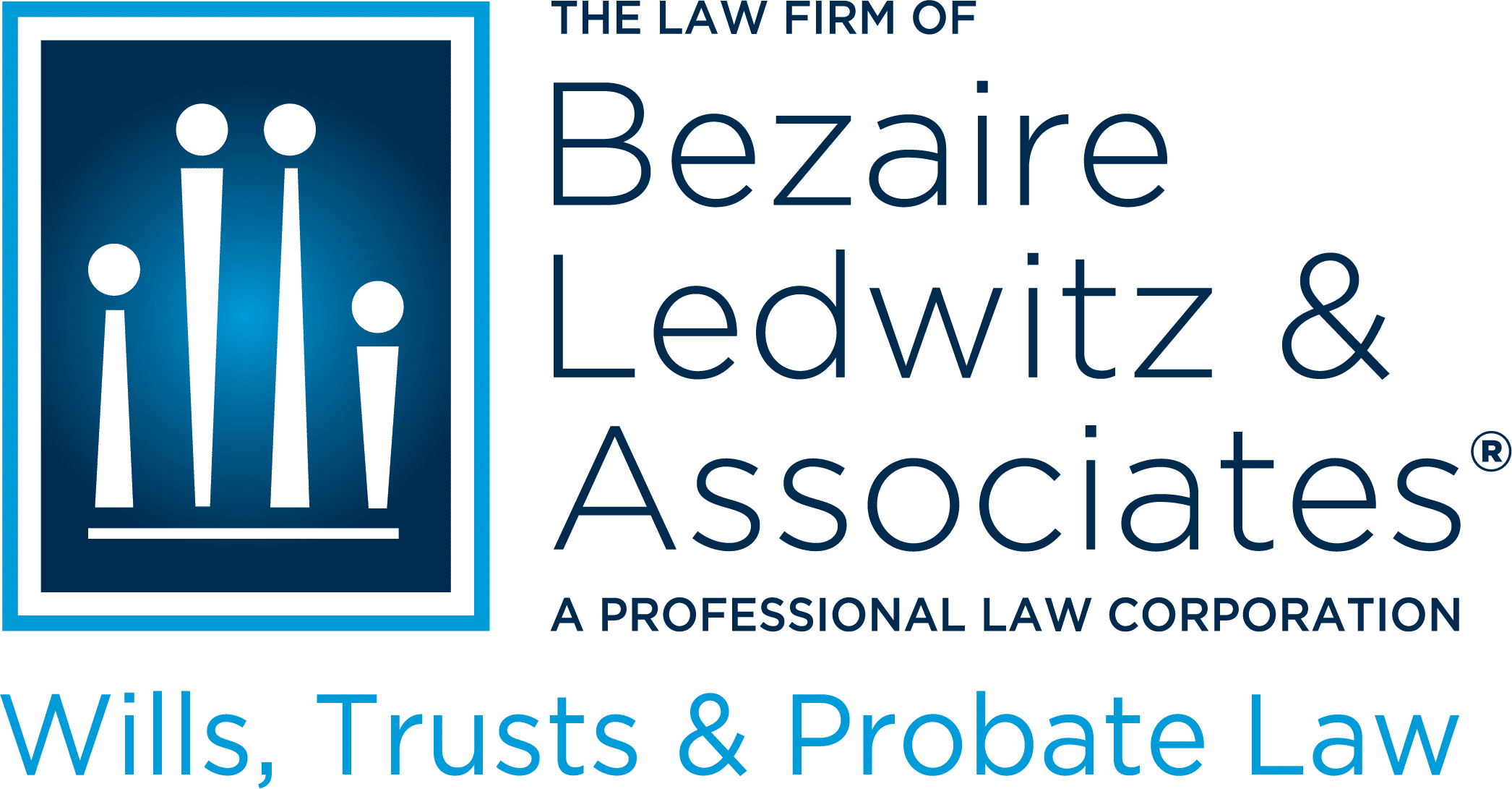
What this means is that if your adult child is injured or sick and is not able to give instructions to his healthcare provider, you are effectively locked out of making decisions for their care until they are able to authorize your participation. This is commonly overlooked, because younger people are typically in good health, and unfortunate circumstances where simple estate plans might be helpful are rarely discussed.
Most people near the age of majority do not have large estates (money or property) and many families assume that this means an estate plan is completely unnecessary. This is simply not true. A comprehensive estate plan does much more than protecting property from probate and directing the disposition of assets—estate plans also tell medical and financial institutions who is authorized to make decisions on your behalf. Without current, effective documents, these institutions may refuse to release medical information and will likely not allow family members to make healthcare decisions.
Every adult should have the following basic documents in their estate plan:
- Healthcare Power of Attorney
- Financial Power of Attorney
- Advanced Healthcare Directive (formerly known as a “Living Will”)
- HIPAA/CMIA Waiver
A simple plan including these documents allows family members to carry out the wishes of young people who may become incapacitated. It is never too early to think about the future, and proper planning is something all responsible adults should do. If you have any questions or want to know more about how any of these documents work, give us a call or look around our website—we have several informational videos, explanations, and blog posts about them all.
Reference: http://online.wsj.com/article/SB10001424127887323981304579079473312130490.html
